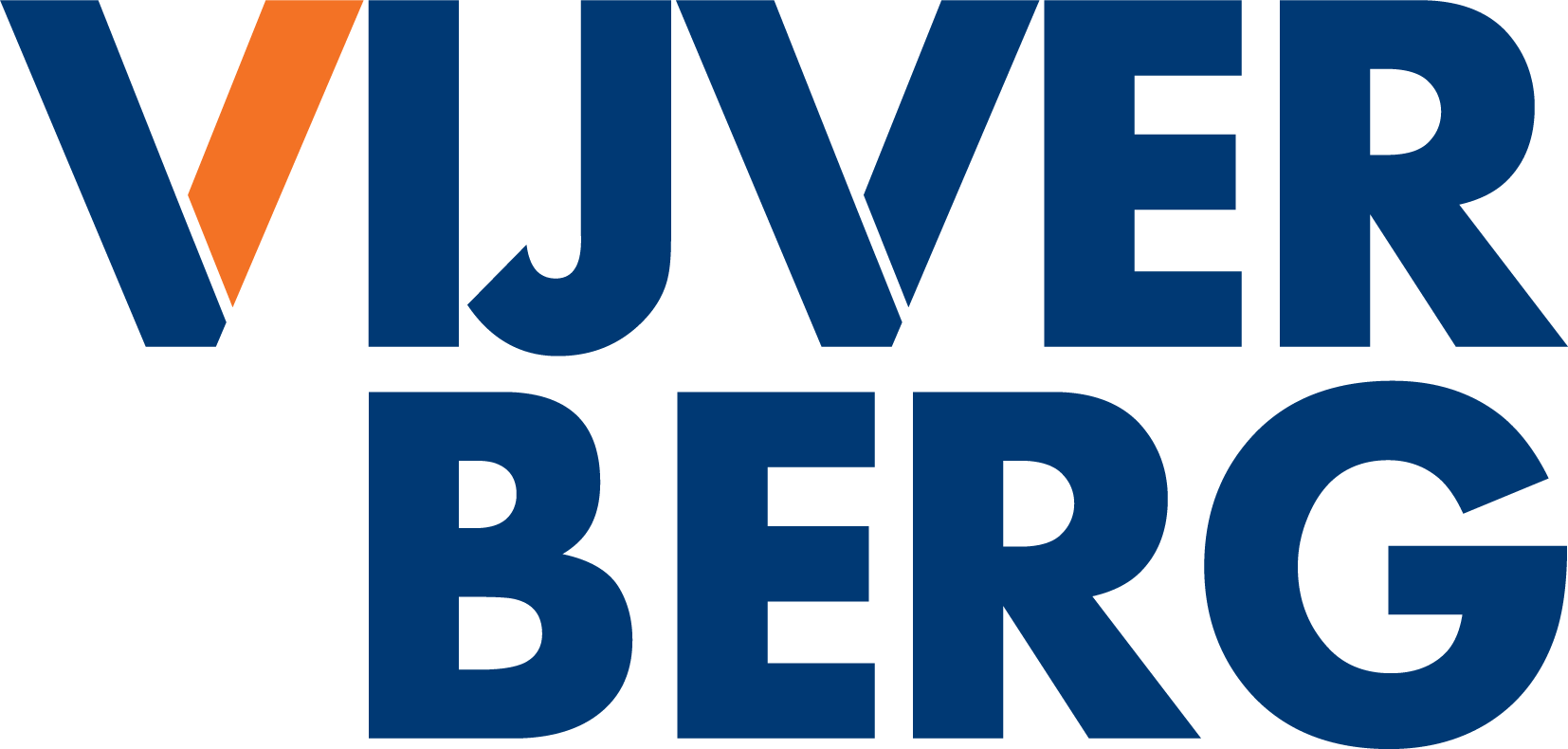In practice, there is much confusion about the contingency and management reserve items. In line with PMBOK, the contingency item refers to “known unknowns” and the management reserve item refers to “unknown unknowns.” In other words, the contingency item is for uncertainties in the project budget related to (inherent) risks that are known, or should have been known, at the time of budget preparation.
The management reserve item is for risks that are not known at the time of setting and approving the project budget. In the event that they do involve specifically identifiable risks, then these risks should be included in the contingency item.
Relation to work packages
The item contingency is part of the budget of a work package. A work package is the lowest (detail) level within the project where the trinity of scope, planning and budget is defined and monitored. At the start of large building and construction projects, the scope is usually the largest “known unknown”. For a detailed design, the budget can be formulated much more accurately than on the basis of a conceptual design. In the early stages of global project design, a contingency of 30% is not unrealistic.
In practice
In practice, a general unforeseen item is often included, which includes both unforeseen and management reserve, which is included in the budget as one line and one amount. In this way, the unforeseen item actually unintentionally takes on the character of a management reserve. Vijverberg advises to maintain a strict distinction between the unforeseen and management reserve items, with the aim of providing realistic management information for the project.
Ownership for the budget
There is often uncertainty about the use of the contingency item and the management reserve item during the implementation of the project. Both items are part of the budget. The project manager is the owner of the contingency item, but expressly not of the management reserve item. In the event that risks (unknown unknowns) occur that the project manager wishes to charge to the management reserve, the project manager will first have to ask the (internal) client of the project for approval to allocate part of the management reserve to add to its budget. The development of the post management reserve provides an overview of the risks that have occurred and the “financing” of the risks from the management reserve.
